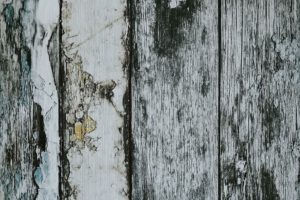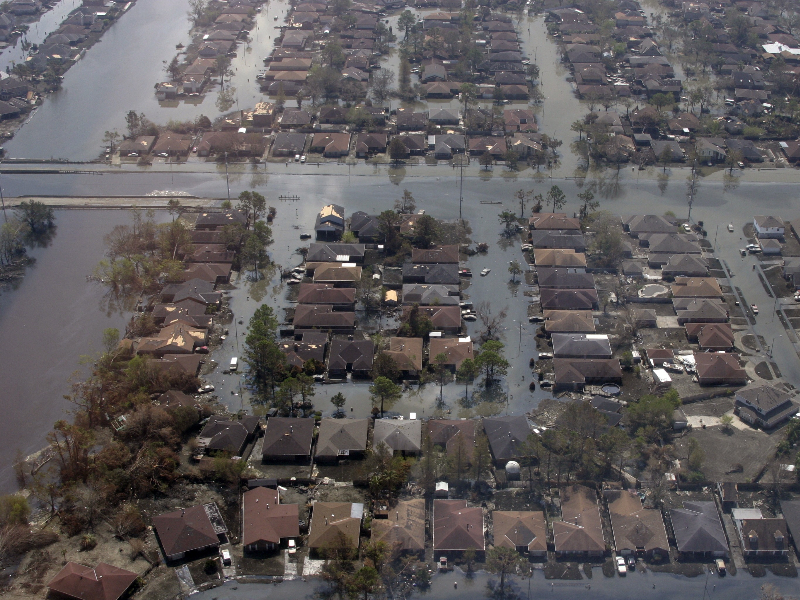House flooding is a terrible experience that every homeowner dreads. Some of the common causes of flooding in the house are burst pipes, faulty appliances, sump-pump malfunction, sewer back-up, and heavy rainfall.
Flooding can lead to situations that will make the property uninhabitable, warns The Listing, a property management company in Orlando. It creates an enabling environment for mold growth and may often result in a reduction of the house’s air quality. This is harmful to both your health and that of other occupants of the house.
Flooding often puts homeowners in a state of confusion. That is because they think of how to clean up the water and salvage some of their valuables. Sometimes, the first concern of most homeowners is to beautify their homes again. For this, they may think of how to decorate the property.
However, that is not the right step to take. Your primary concern after flooding in your property is to make the home safer again. Cleaning up the water, painting the house, and replacing the carpets will not make your house safe.
Below are the steps you can take to restore your home after a flood and water damage.
1. Call your insurance company immediately
The first thing you should do after a flooding incident on your property is to notify your insurance company. Ensure that you take several pictures before, during, and after the clean up. Also, note down the cost of all the items that may get faulty.
Once you notify your insurance company, they will send an adjuster to assess the extent and type of water damage. That will help them to determine if your policy covers the damage. It is essential to note that not every homeowner’s insurance policy covers flooding.
2. Consider your safety first

Your home becomes unsafe after a flooding incident. For that reason, your safety and that of your family becomes a priority. In that case, it would be best to take the following precautions:
- Wear protective gear
We recommend that you put on protective gear such as rubber hand gloves and boots before you enter a flooded house. Doing this will prevent you from electrocution and other injuries that can result.
- Turn off the power supply
If the power supply to the property is still on, you should put it off. That is because water conducts electricity. And keeping the power supply can result in electrocution.
However, we do not encourage you to enter the flood in a bid to turn off the power. If the control requires that you should enter any wet area, leave it for your electrician.
- Seek temporary residence
After flooding, it is better to vacate the property until you can access your home.
3. Hire a cleanup company and a restoration contractor

You need a cleanup company to help you remove water from your home. And we recommend that you do this immediately. The longer the flood water stays in your home, the more it penetrates the structures to cause extensive damage.
Cleanup companies have the necessary equipment and tools to pump out water from your house. If the flooding was from sewer back-up, then you should call professionals because it needs extra precautions.
Your restoration contractors will remove the drywall, insulation, and flooring in the house. They will remove the drywall from the floor to at least one foot above the waterline. After opening up the walls, the contractors will keep them that way for some days to dry off the cavity.
When water enters your insulation, it becomes ineffective. That is because the airspace now contains moisture that will not dry out completely. Keeping this insulation will make it a breeding space for mold.
Hardwood and laminate floors absorb water and swell. Your contractors will replace the floors and carpets. From assessment, your contractors will know the furniture that they can salvage and the ones that you should discard.
4. Dry out your home
After removing all the water in your house, the next step is to dry it out. To do this, you can use a central air conditioner, dehumidifier, or air movers. When you do this, it will help to remove humidity and also prevent mold growth. It would be best to dry out your home as soon as possible. At least within the first 24 to 48 hours.
5. Test for mold and air quality

The air quality inside your house should be the same as that of outdoor conditions. But flooding leads to mold growth and also reduces the air quality of your home. Stay out of the property until you get good air quality.
Also, get a professional to conduct mold remediation on your property. It would be best to do this as soon as possible to prevent extensive mold growth.
Restoring your home after water damage requires that you take urgent steps. Once you get approval from your contractors and insurance company, you can move back to your home.





